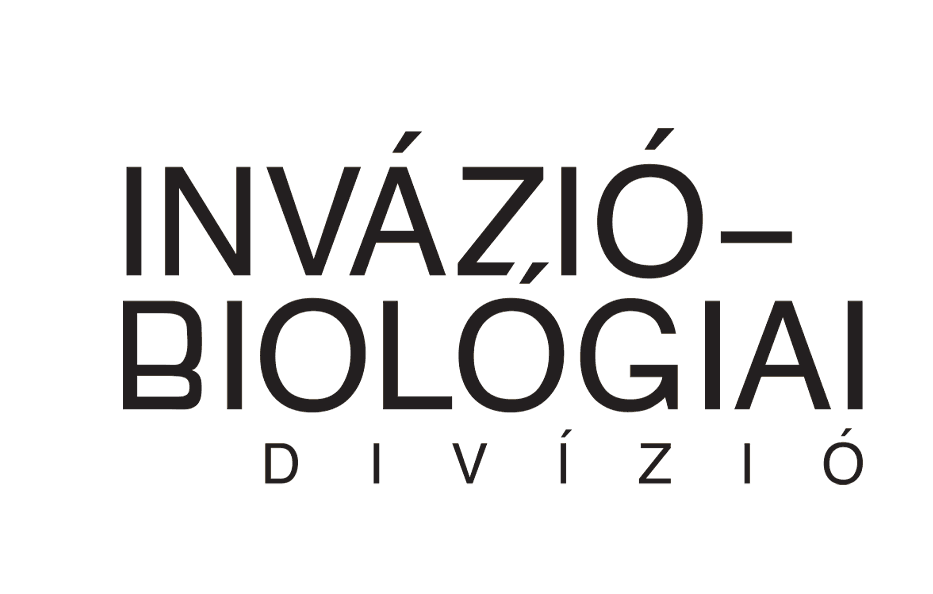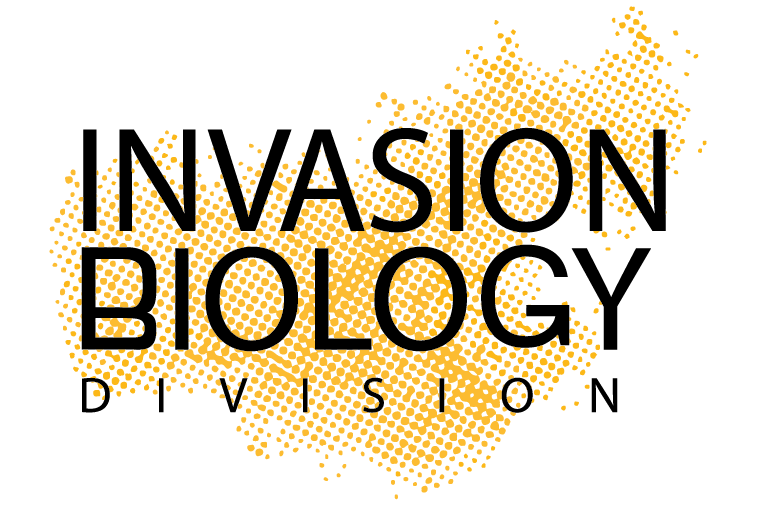News

Mosquito-borne heartworm disease in dogs is on the rise, but there is a solution
Heartworm disease, caused by a filarial nematode (Dirofilaria immitis) is an increasingly serious animal health problem for dogs in Hungary. […]

Food fight: invasive vs native amphipods in the Danube
European freshwater ecosystems face a wide range of threats, and the introductions of non-native species are major drivers of biodiversity […]
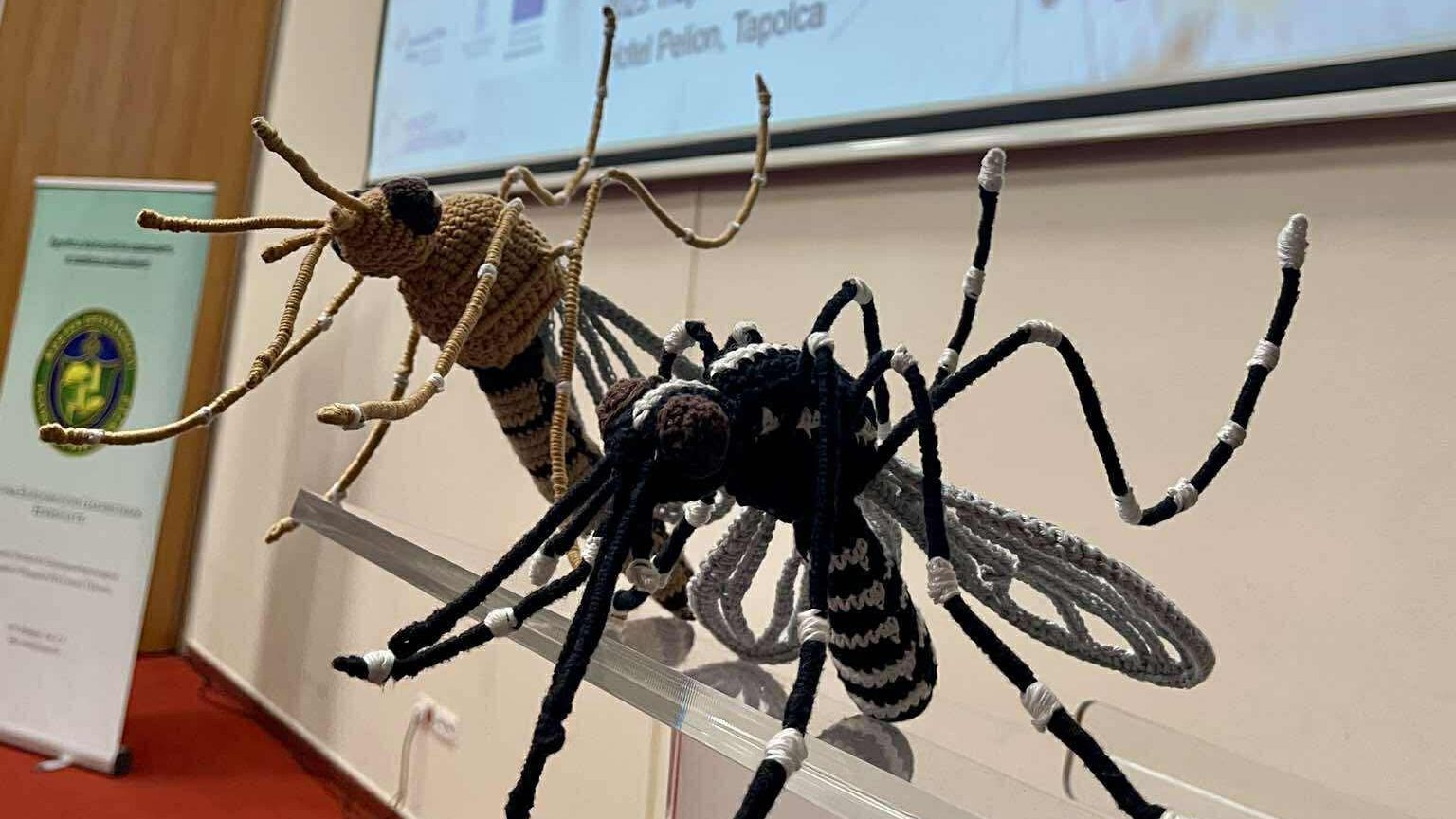
Mosquito Monitor project presented at a national pest control conference
We are pleased to announce that our researchers participated in the 22nd National Conference of the Association of Hungarian Pest […]
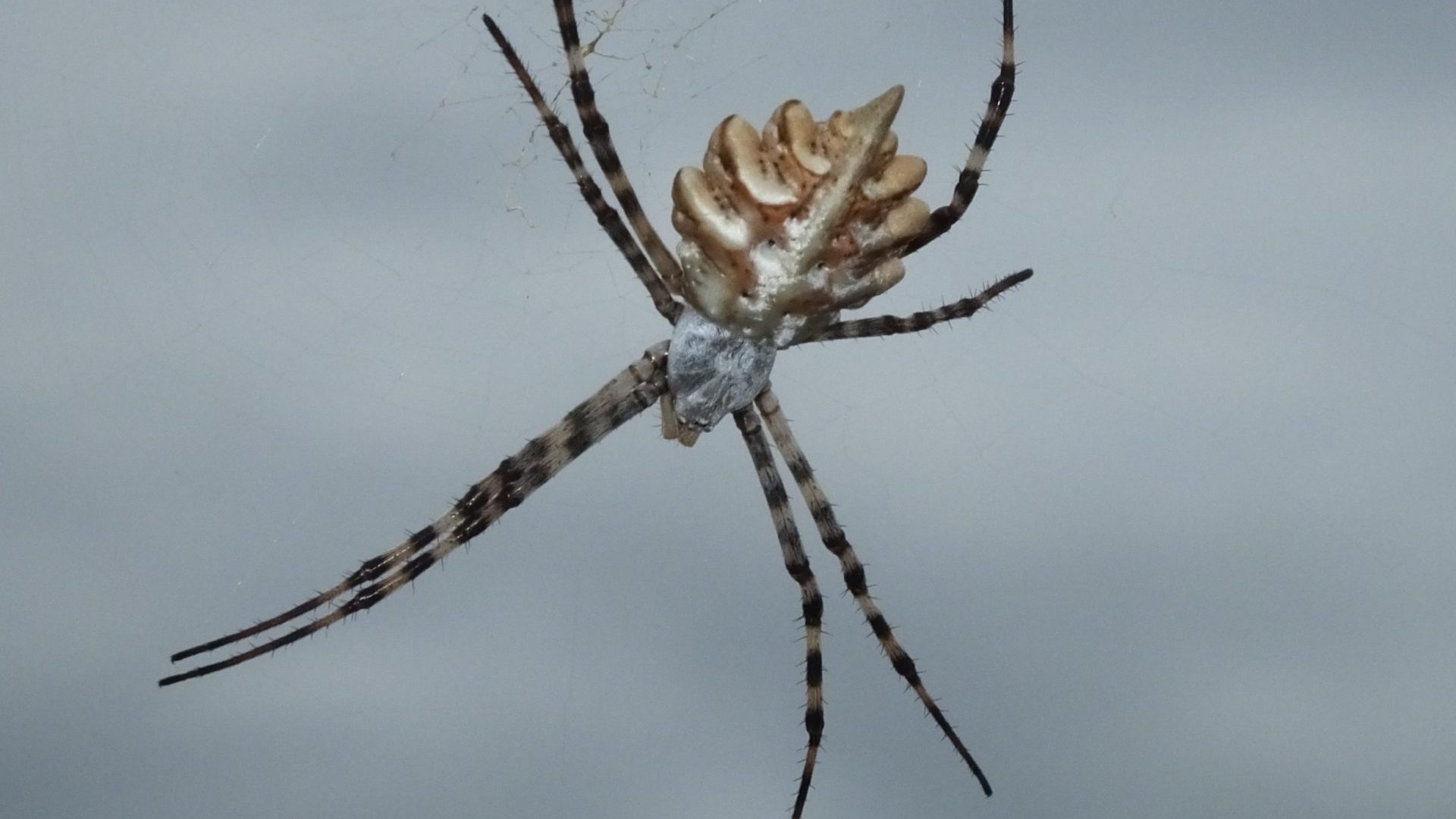
The presence of invasive milkweed affects arthropod traits
In addition to its many direct negative effects, fragmentation of natural habitats can also facilitate the establishment and spread of […]
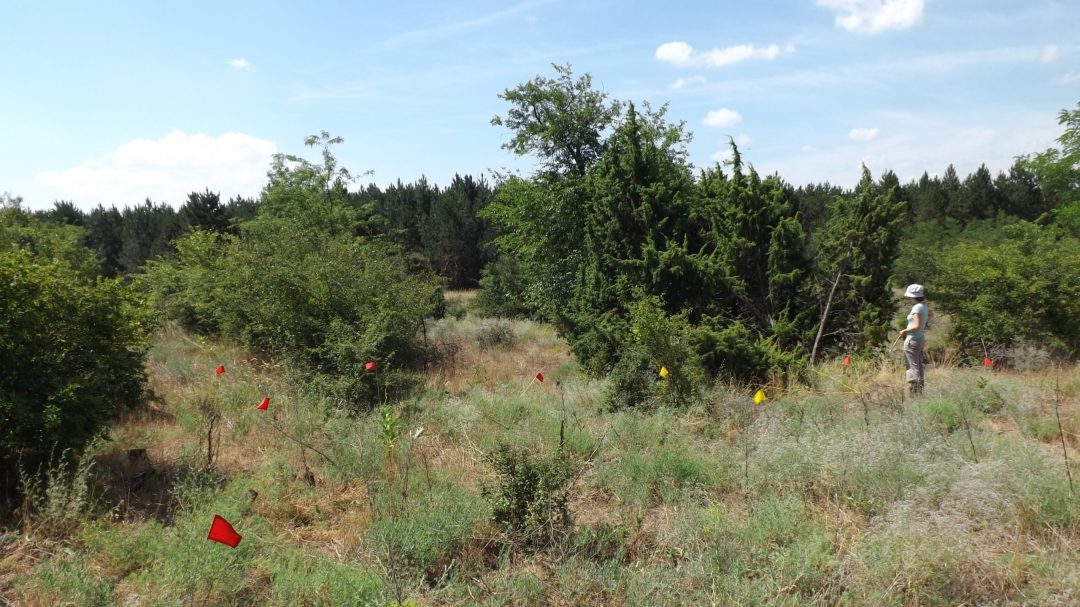
The environmental impact of mowing and drought on sand grasslands
Climate change and biological invasions are two of the most significant challenges facing ecological restoration efforts today. In the sand […]
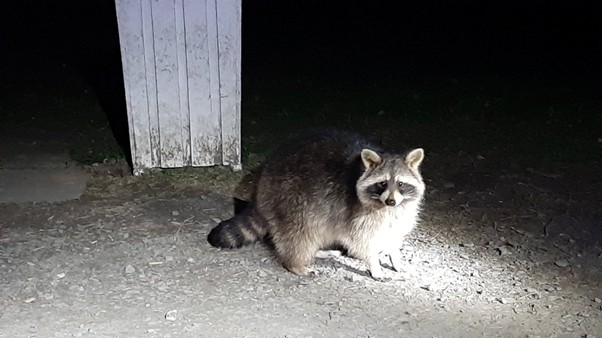
We went to a “raccoon conference”
Staff from the Division of Invasion Biology of NLHS delivered presentations at the 3rd EURORACCOON Meeting, held in Germany in March 2025
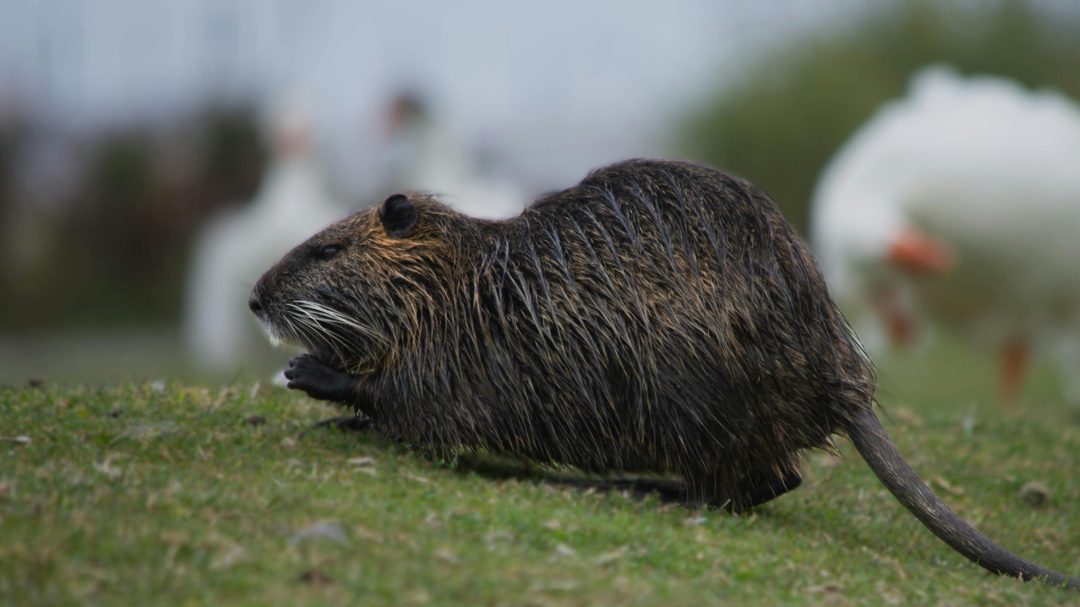
The 1st Conference on Invasion Biology and One Biosecurity
The “first of its kind” conference in Hungary enabled nationwide and international discussion on invasive alien species – a cohesive […]
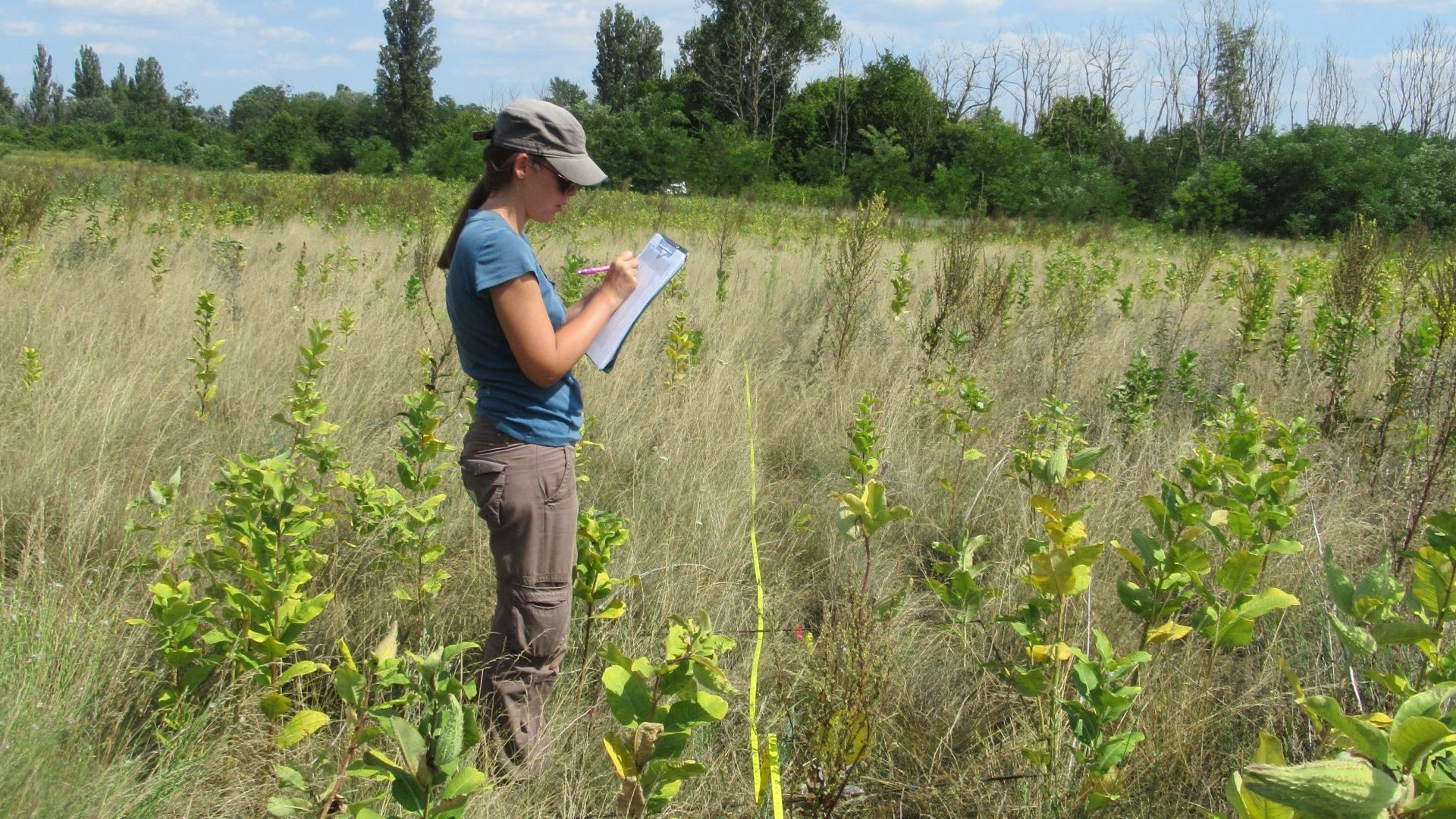
New study on the presence of invasive species in areas of habitat restoration in Kiskunság
The loss of biodiversity on our planet is partly due to the presence and spread of alien invasive species. Once […]
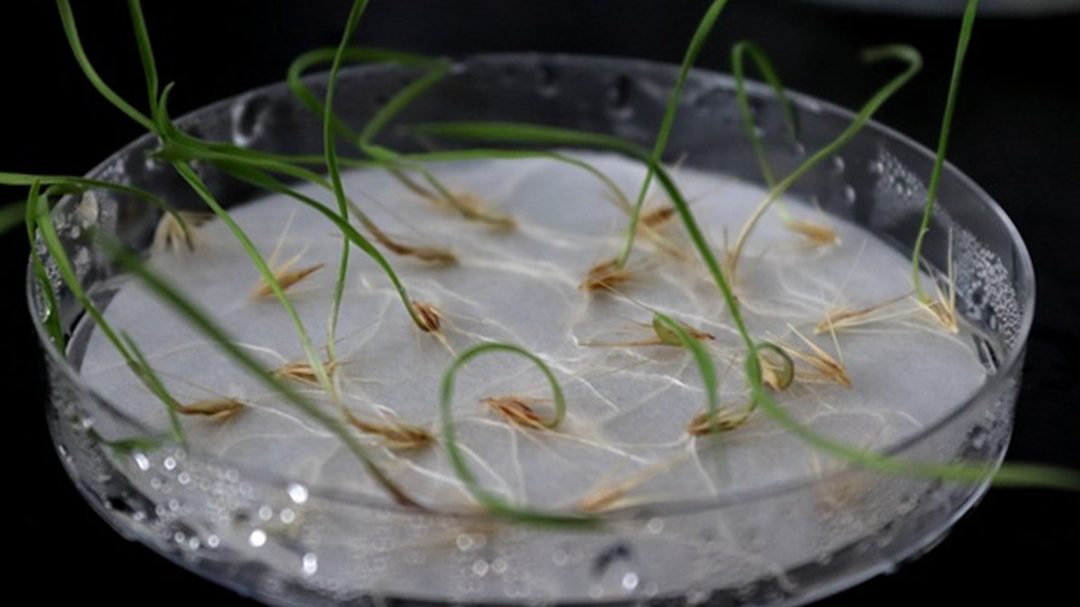
Cloth-dispersed seeds of invasive plant species can survive laundry washing
Seeds of plant species are often dispersed unintentionally on our clothes, which thanks to the increasing mobility of people, can […]
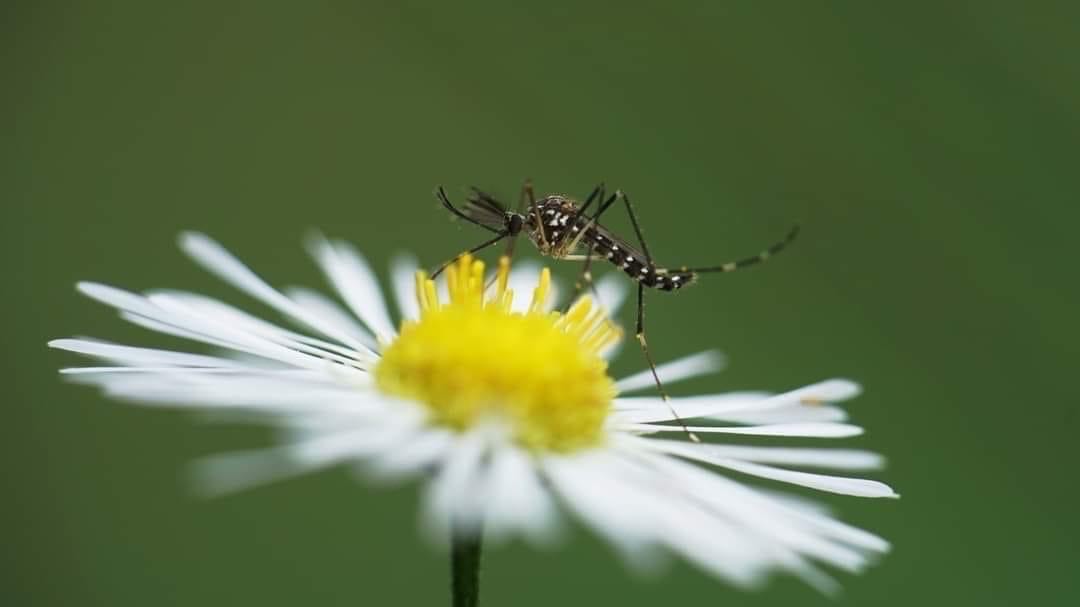
Potential distribution of invasive tiger mosquitos
Invasive mosquito species already established in Hungary can pose a significant threat to human and animal health due to their […]
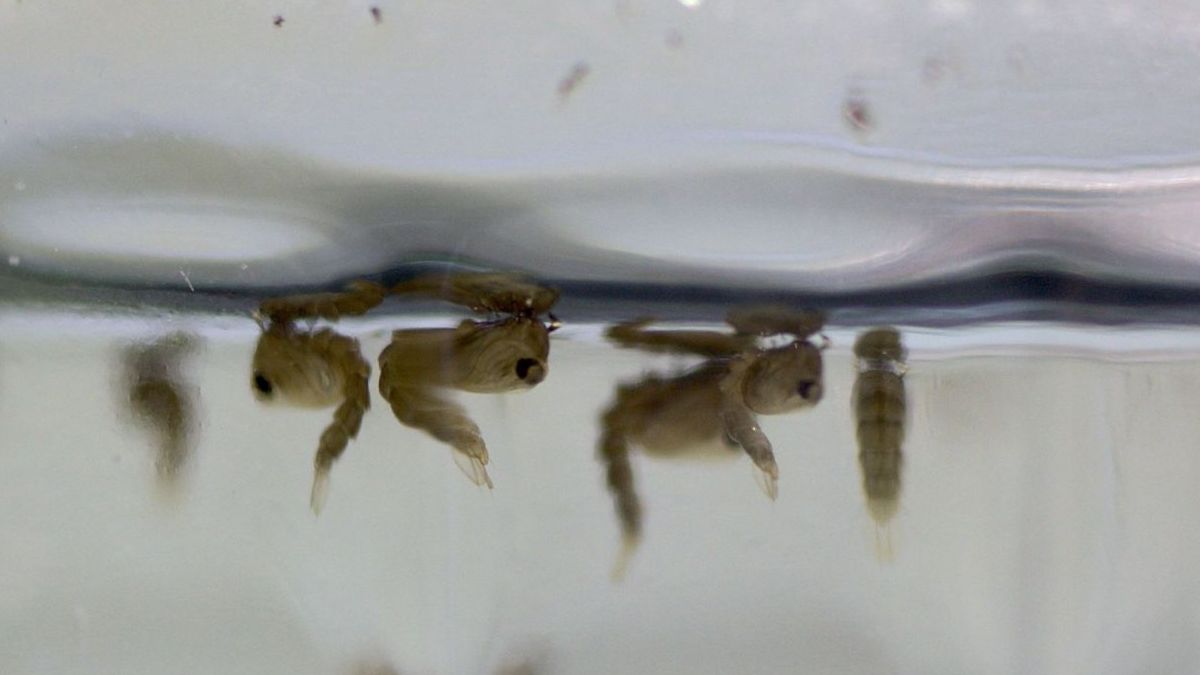
What is buzzing good for? Bioacoustic research in the mosquito lab
Researchers of the National Laboratory for Health Security’s Mosquito Monitor program created a new laboratory to breed invasive mosquitoes and […]

Impact of plant invasion on ground nesting bees
Ground-nesting bees are highly sensitive to changes in vegetation, flower supply and soil properties caused by plant invasions. The direct […]
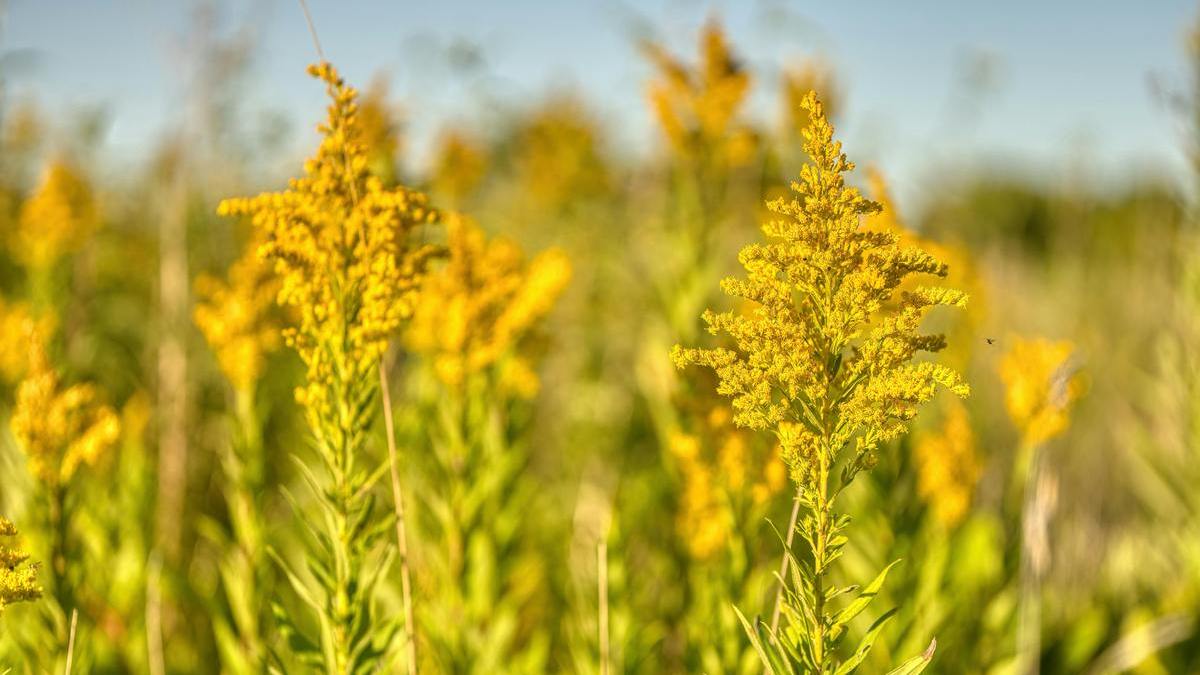
Biological invasions on Indigenous peoples’ lands.
Biological invasions are a growing challenge around the world. Meanwhile, it is now widely recognised and acknowledged that indigenous peoples’ […]

The invasion of North American sand dropseed in Hungary
The invasion of North American sand dropseed (Sporobolus cryptandrus) in Hungary mainly threatens vulnerable open sandy grasslands. As there is […]

Many species of disturbance-tolerant and invasive plants appear in the clearcuts and their populations persist for many years
One of the research topics of the Pilis Forestry Systems Experiment is to investigate the effects of different silvicultural practices […]
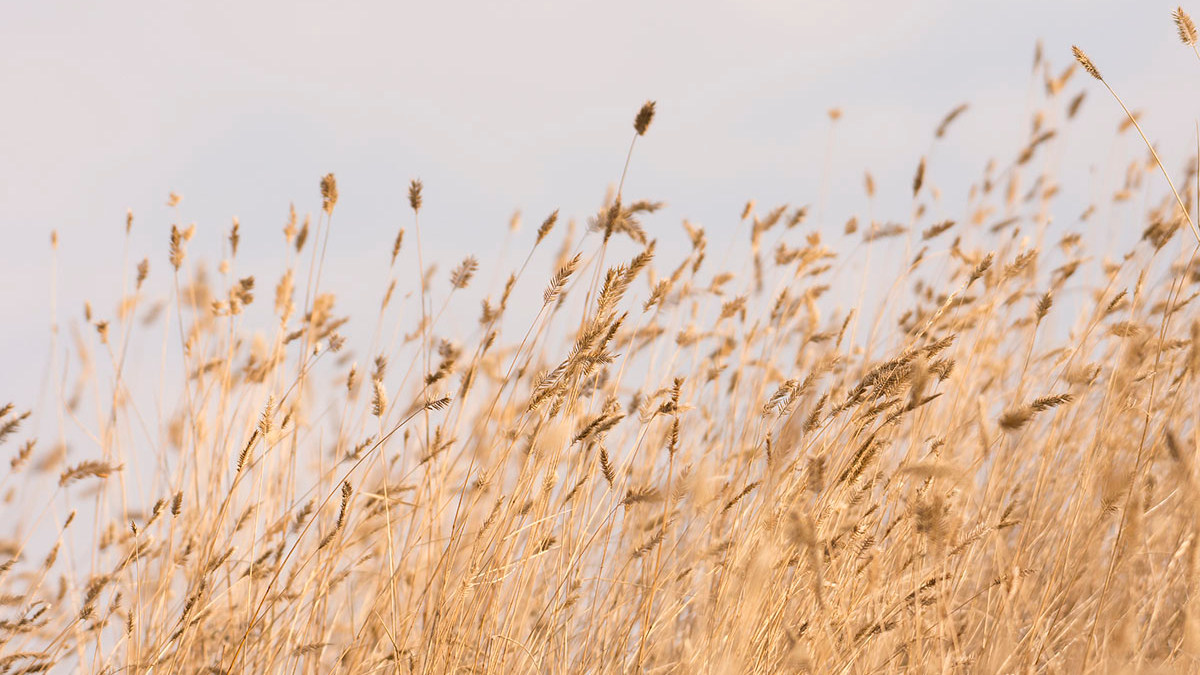
What is the key to the success of invasive grass species? Our new article in Oikos
Led by researchers from the University of Alberta in Canada, members of the CER ‘Lendület’ Seed Ecology Research Group also […]
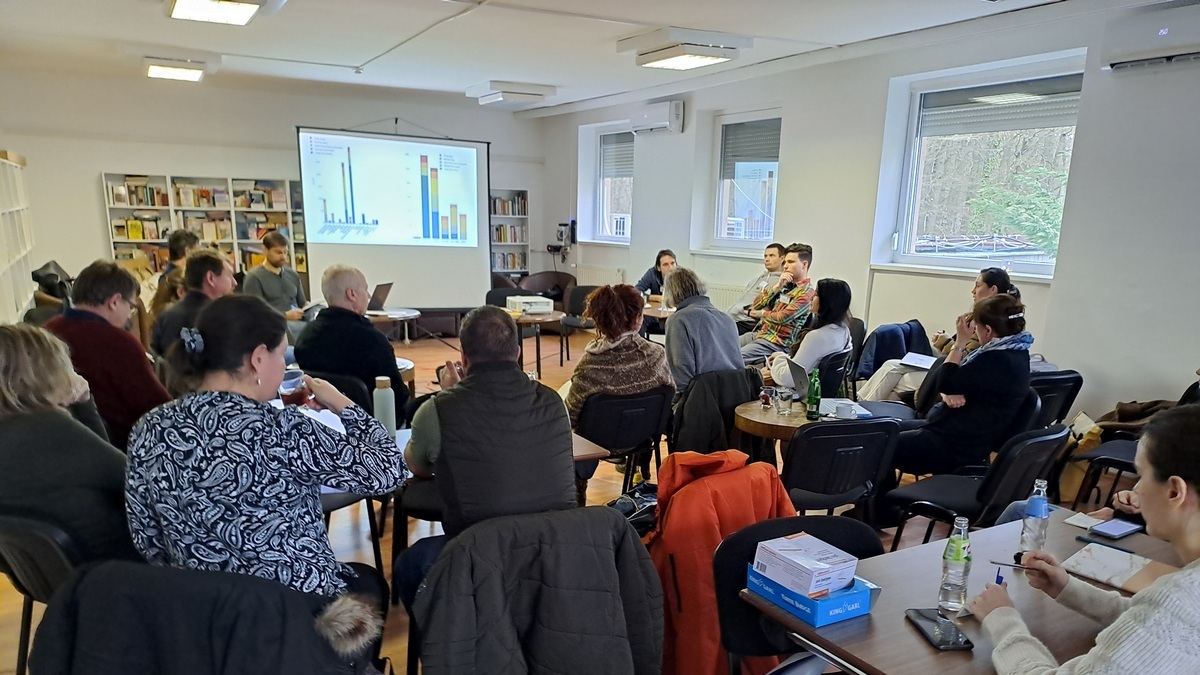
SEEN Hungary 2024 – Citizen Science Conference and Workshop
In January 2024, the HUN-REN Ecological Research Centre’s Evolutionary Ecology Research Group launched a network of community science projects on […]
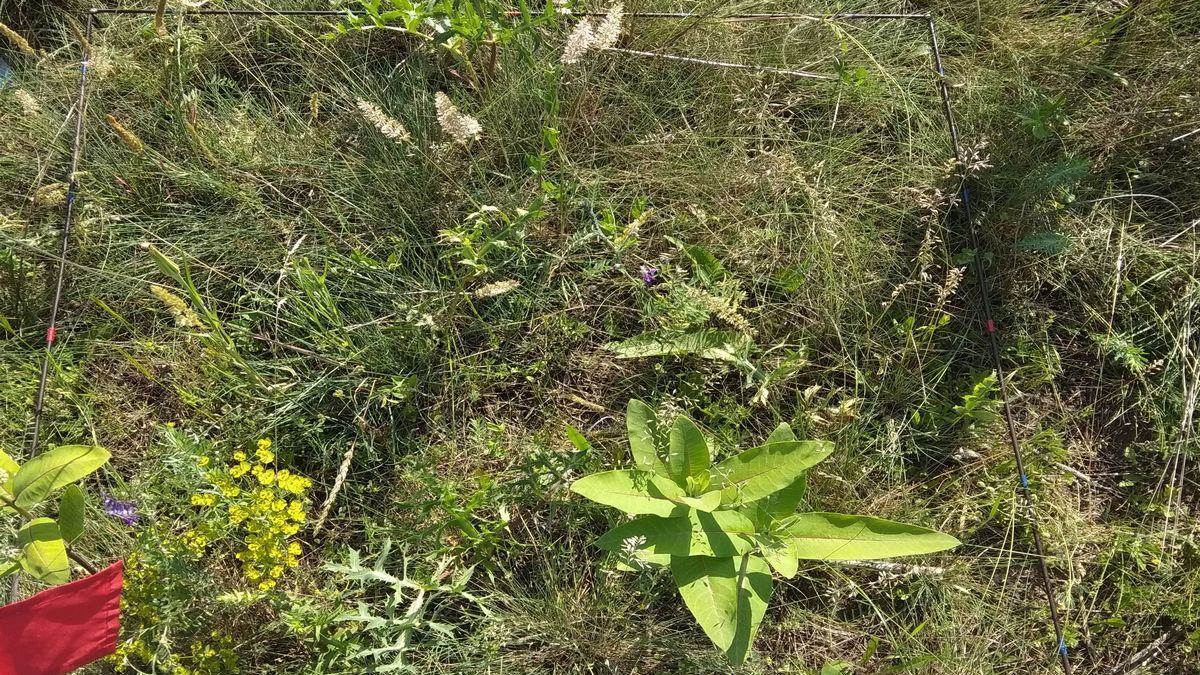
Native plant species play a key role in restoring invasion-resistant plant communities
One of the main causes of biodiversity loss is biological invasion, which has negative impacts on the economy and society. […]


